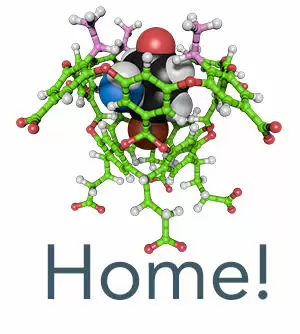Sundaresan, A. K.; Kaanumalle, L. S.; Gibb, C.; Gibb, B. C.; Ramamurthy, V. Chiral photochemistry within a confined space: diastereoselective photorearrangements of a tropolone and a cyclohexadienone included in a synthetic cavitand. Dalton Transactions 2009, 4003-4011.
Abstract
The value of a supramolecular assembly to enforce a closer interaction between a chiral auxiliary and a reaction center has been established using photoreactions of tropolone and cyclohexadienone derivatives. Two probe molecules utilized to establish the concept undergo 4 e− electrocyclization and oxa-di-π-methane rearrangement from excited singlet and triplet state, respectively. The chiral auxiliaries investigated here has no/little effect in acetonitrile solution during phototransformations of the probe molecules to yield products with new chiral centers. On the other hand the same ones are able to enforce diastereoselectivities to the extent of ∼30% when the reactions occur within the restricted space of a capsule made up of a synthetic cavitand commonly known as octa acid. Extensive NMR studies have been utilized to characterize the guest–host supramolecular structures. The results presented here should be of value in the overall understanding of chiral induction in photochemical reactions.
Last updated on 02/09/2023

